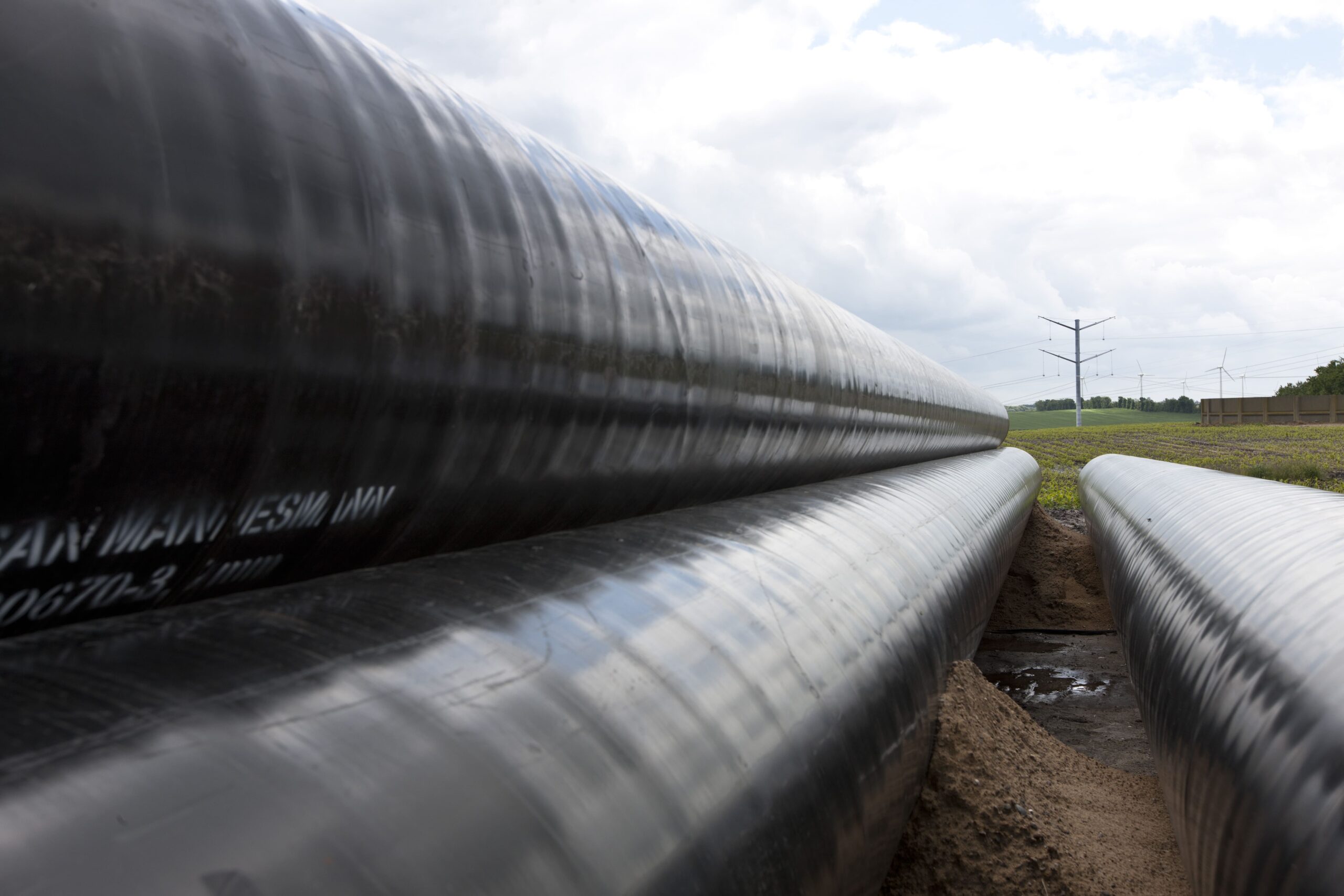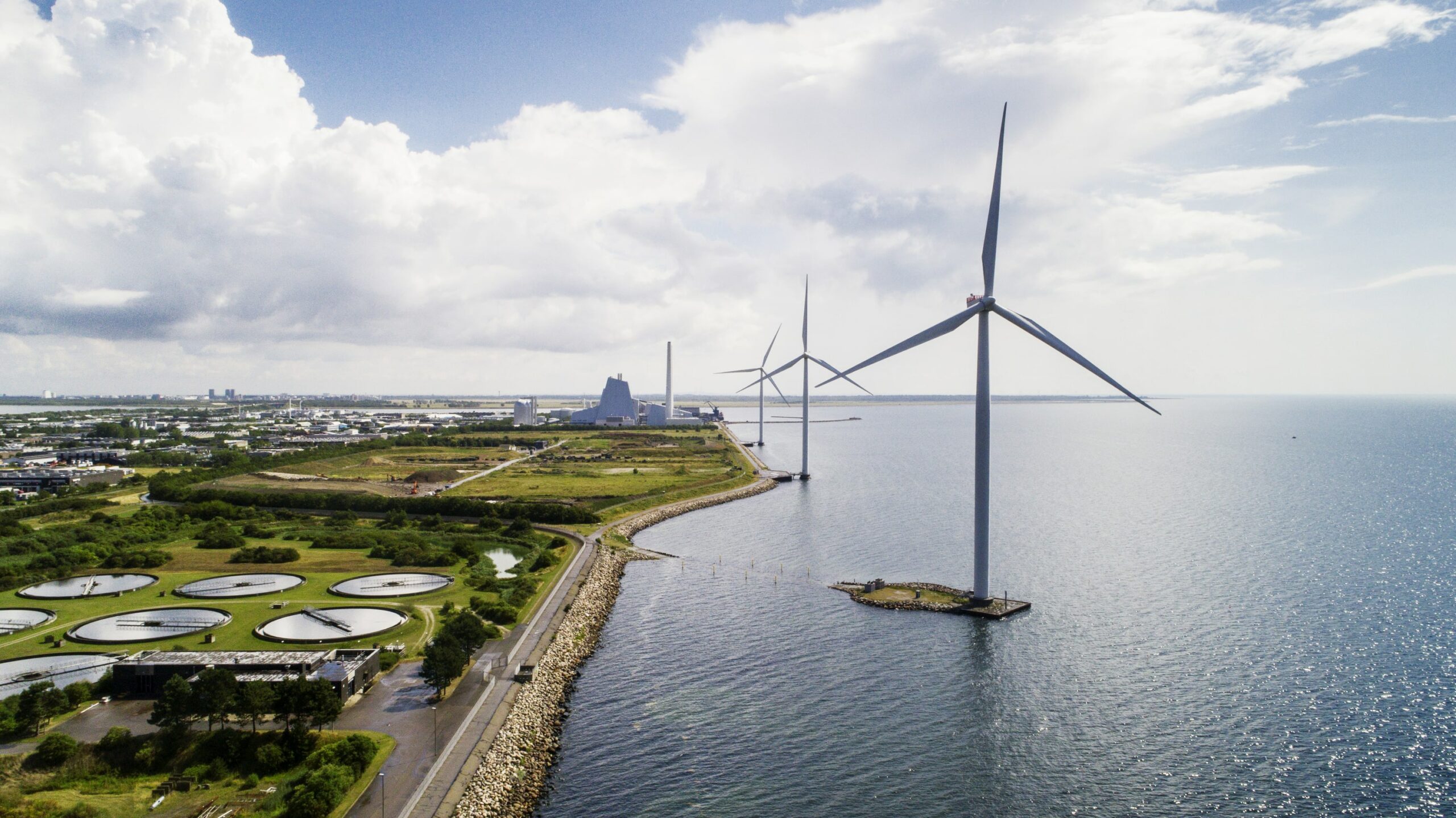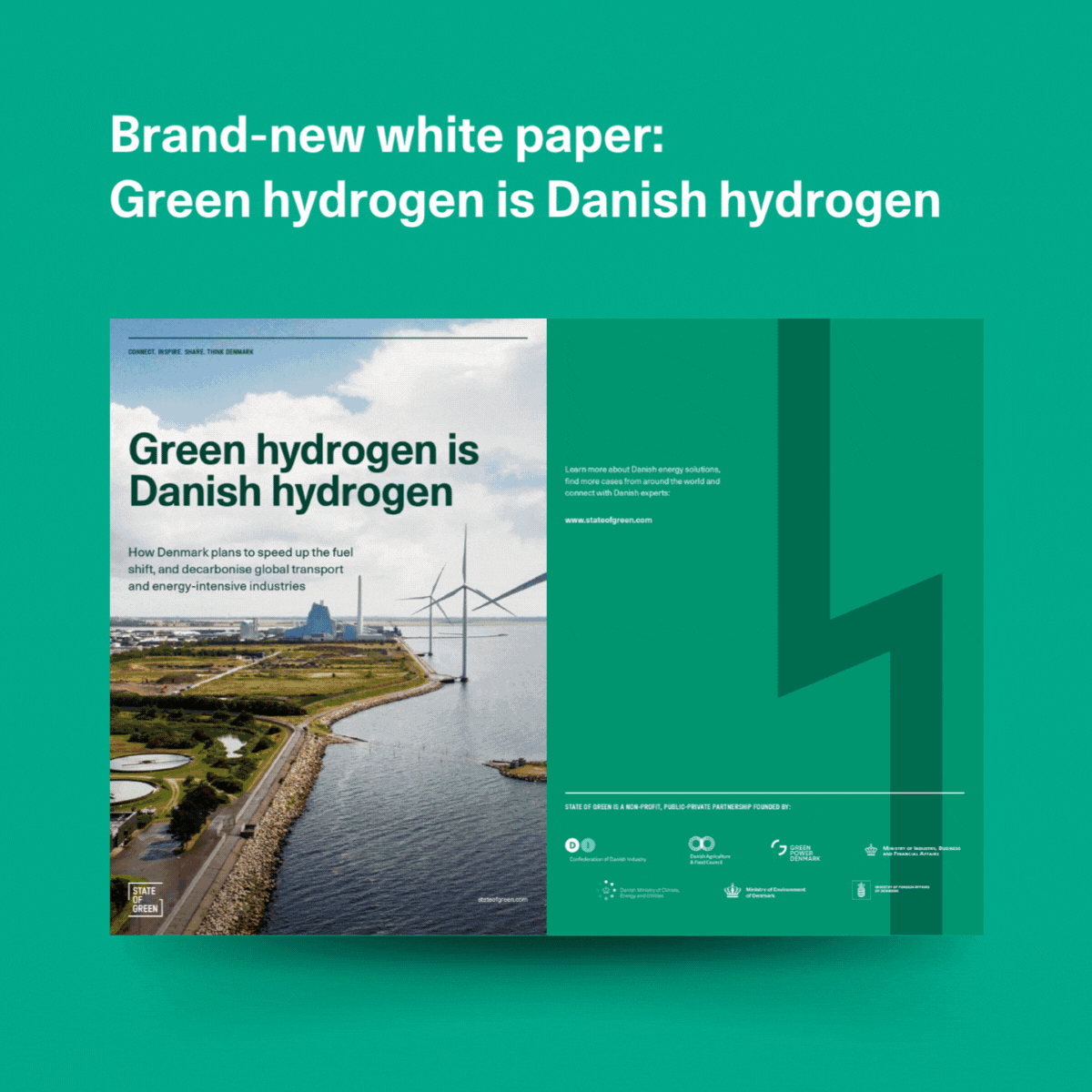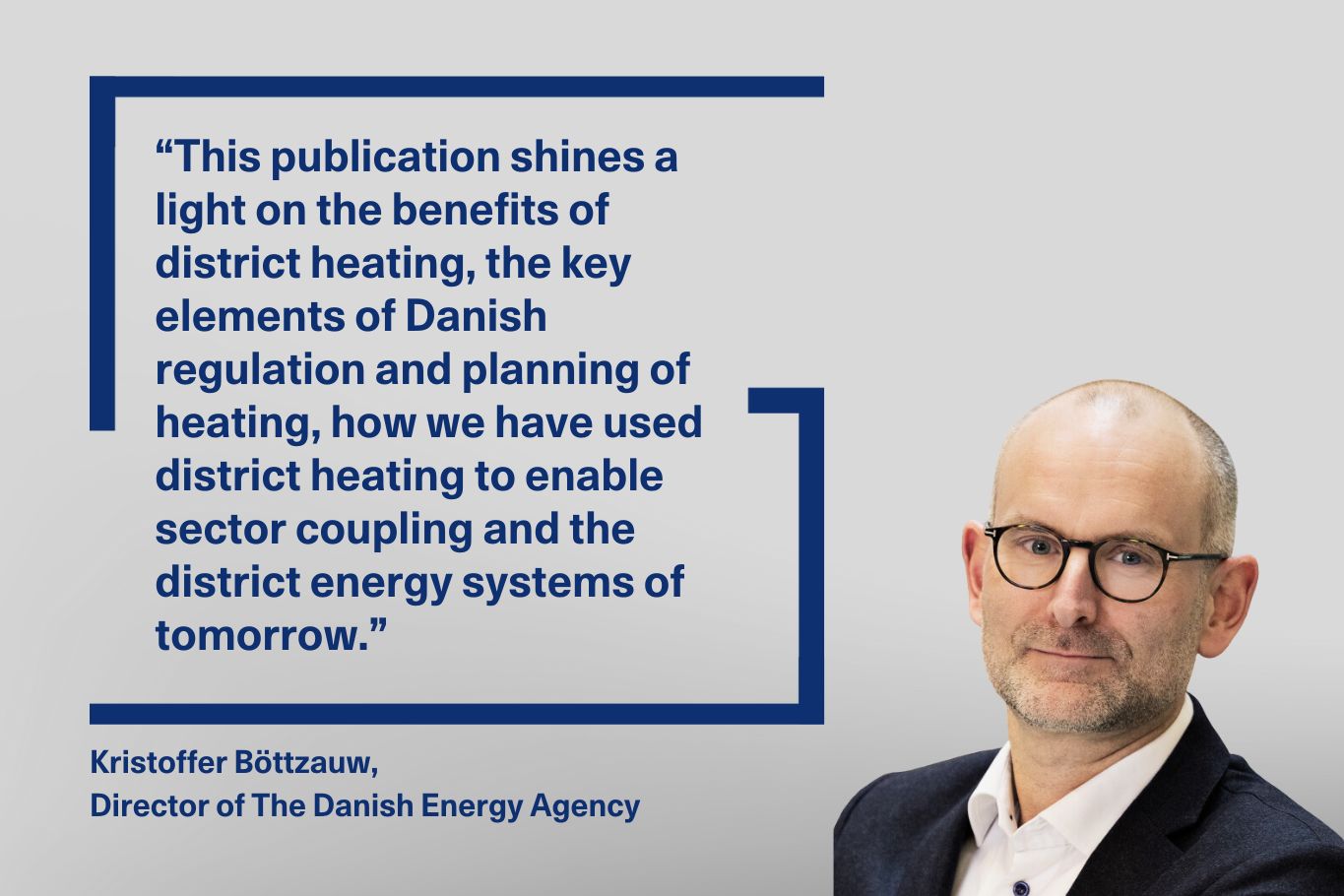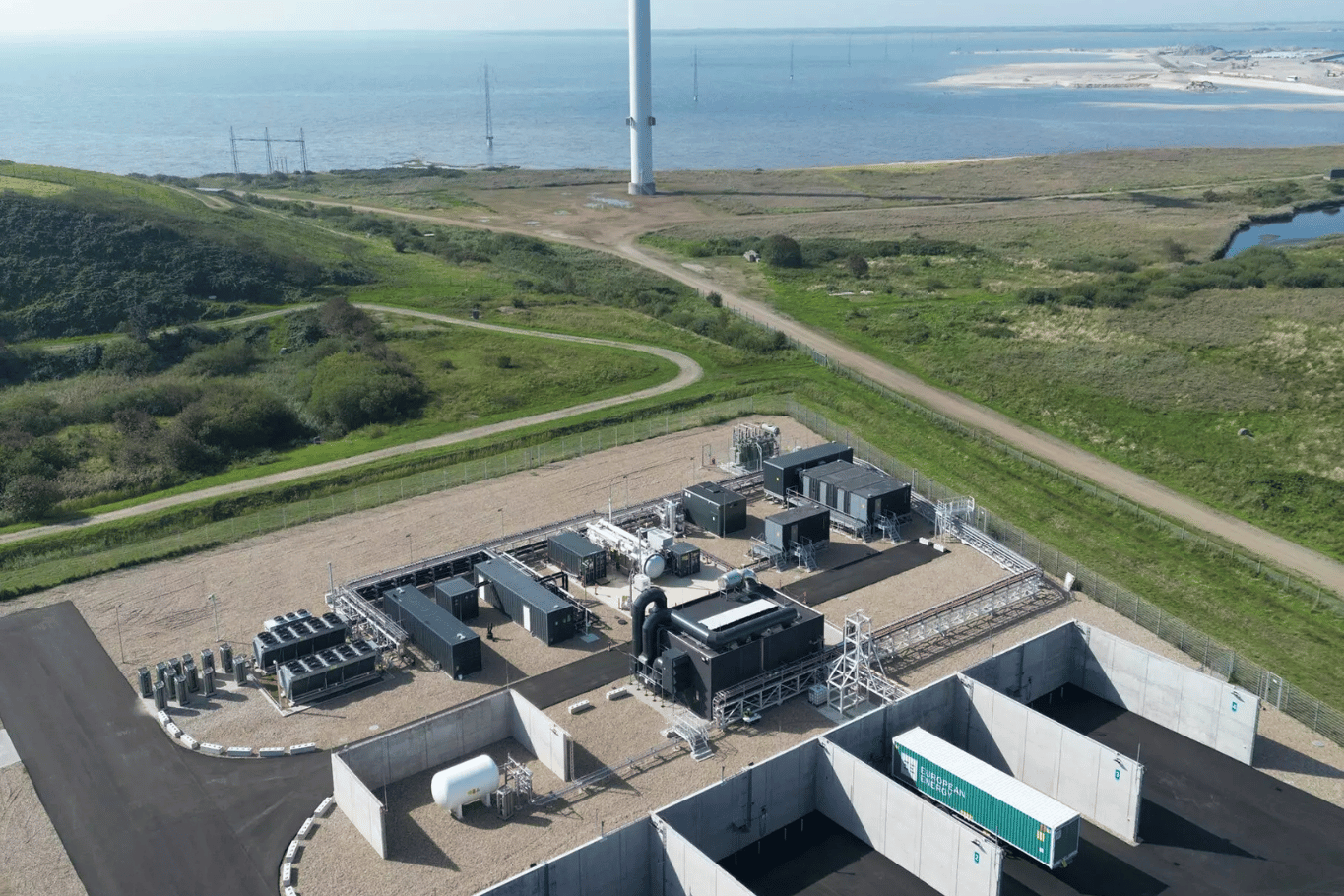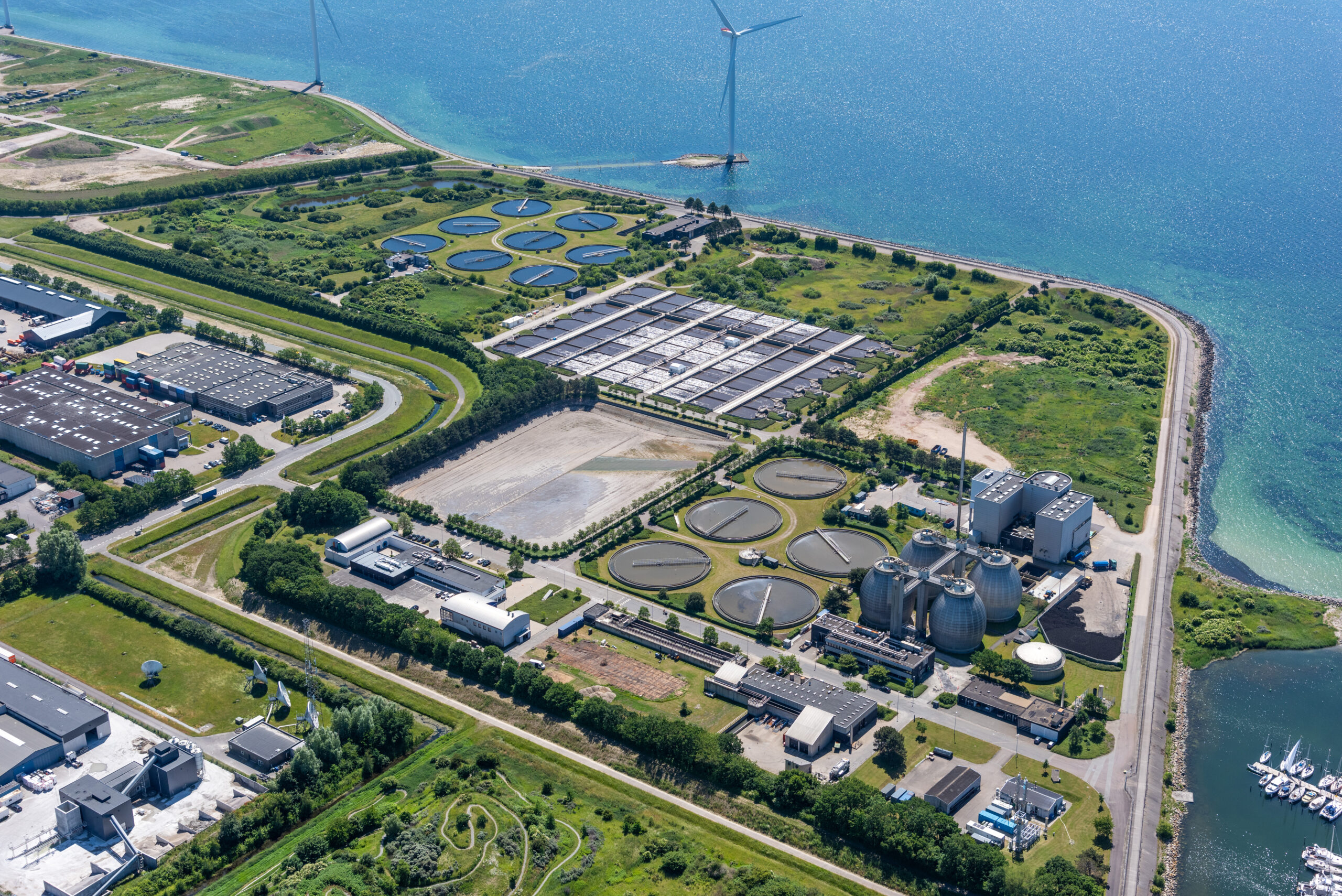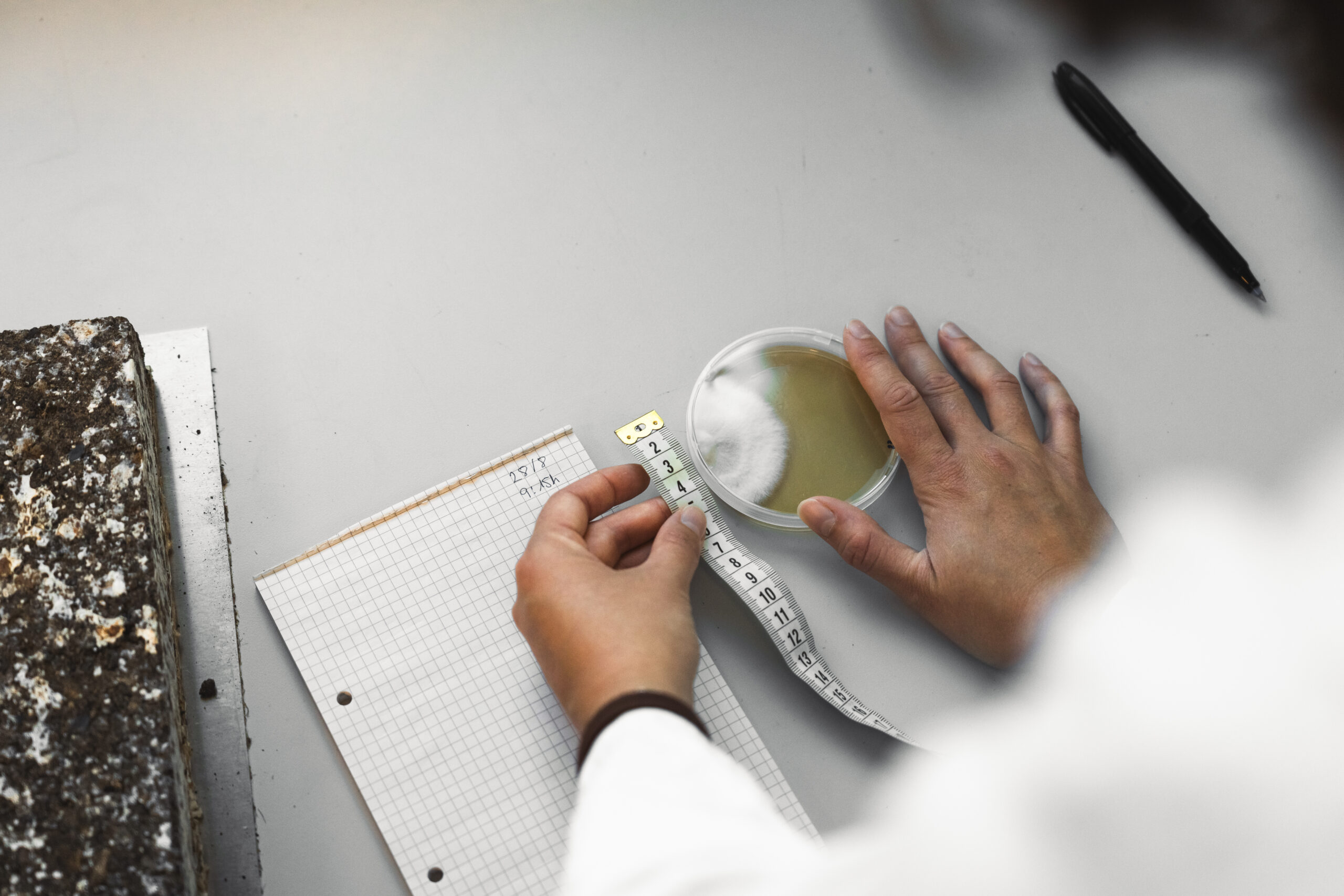COWI has already started on the assignment together with Energinet. In Denmark, the pipeline – nicknamed ‘the Danish hydrogen backbone’ – will connect a hydrogen storage facility and several producers, which are at an advanced stage of planning large-scale hydrogen productions based on green electricity across Jutland.
According to the plan, the Danish hydrogen backbone will connect to the large European hydrogen grid at the German border, and the respective national gas transmission operators are planning to expand the European grid. The project in Jutland will be one of the first large phases of the so-called European Hydrogen Backbone to be established, which, by 2030, will consist of a total of 31,000 km of hydrogen pipeline and span the entire continent.
Energinet’s adviser was selected few weeks after a political agreement in April provided the framework for financing a new Danish hydrogen infrastructure. Now that the technical and regulatory aspects are in place, Energinet can proceed with its efforts to mature it.
